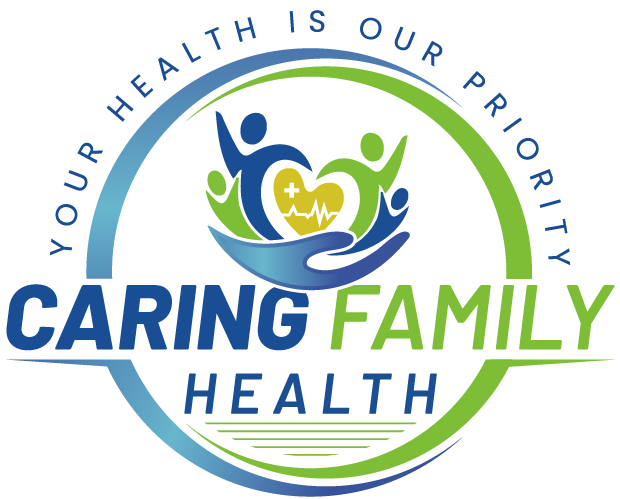In the intricate world of hormonal therapies and post cycle treatments, clomid nolvadex pct has emerged as a critical topic of discussion among healthcare professionals and patients alike. Clomid, or clomiphene citrate, is primarily known for its use in treating infertility, but its role in post cycle therapy (PCT) is garnering significant attention. This article delves into the implications of Clomid in PCT, highlighting its potential benefits and the ongoing dialogue surrounding its use.
| Clomid | |
| Tablet Strength: | 100mg, 50mg, 25mg |
| Price: | $0.42 Per Pill |
| Payment Methods: | Visa, MasterCard, PayPal, BTC |
| Where to Buy Clomid? | Visit Canadian Pharmacy |
The Basics of Clomid and PCT
Clomid is an anti-estrogen medication that works by stimulating the hypothalamus to release more gonadotropin-releasing hormone (GnRH). This, in turn, prompts the pituitary gland to produce more luteinizing hormone (LH) and follicle-stimulating hormone (FSH), which are essential for natural testosterone production.
Post cycle therapy is a crucial phase for individuals who have undergone anabolic steroid cycles. These steroids can suppress natural testosterone production, leading to hormonal imbalances. The primary goal of PCT is to restore the bodys natural testosterone levels and mitigate the side effects associated with hormonal fluctuations.
Clomid vs. Nolvadex in PCT
While both Clomid and Nolvadex (tamoxifen) are used in PCT protocols, they function differently within the body. Here’s a comparison:
| Drug | Mechanism of Action | Primary Use |
|---|---|---|
| Clomid | Stimulates the release of GnRH, LH, and FSH | Infertility treatment and PCT |
| Nolvadex | Blocks estrogen receptors in the breast tissue | Breast cancer treatment and PCT |
Both drugs can be effective in restoring testosterone levels, but the choice between Clomid and Nolvadex can depend on individual circumstances, including the specific steroids used and personal health conditions.
Recent Insights from the Conference
At the recent International Conference on Hormonal Therapies held in San Francisco in September 2023, Dr. Emily Carter, a renowned endocrinologist, presented her findings on the effectiveness of clomid nolvadex pct in restoring hormonal balance post-steroid use. Dr. Carter highlighted several key points:
- Clomid has shown significant promise in stimulating natural testosterone production.
- Patients using Clomid in PCT reported fewer side effects compared to those who used Nolvadex alone.
- Long-term studies are still needed to fully understand the efficacy and safety of Clomid in PCT protocols.
Dr. Carter emphasized the necessity for ongoing research, citing that “the landscape of PCT is evolving, and understanding the hormonal interplay is vital for effective treatment.” Her presentation underscored the importance of individualized treatment plans.
About Dr. Emily Carter
Dr. Emily Carter is an endocrinologist with over 15 years of experience in reproductive health. She has authored numerous studies on hormonal therapies and has been a speaker at various medical conferences. Dr. Carter is dedicated to advancing the understanding of hormonal balance and its implications for overall health.
Looking Ahead: Future Conferences and Research
As the dialogue surrounding clomid nolvadex pct continues, the medical community is anticipating further research and discussions in the upcoming International Symposium on Hormonal Therapies scheduled for June 2024. This conference aims to address the latest findings, emerging trends, and challenges in hormonal treatments, including the role of Clomid in PCT.
FAQ
What is Clomid used for?
Clomid is primarily used to treat infertility in women, but it is also used in post cycle therapy to help restore natural testosterone levels after anabolic steroid use.
How does Clomid work in PCT?
Clomid works by stimulating the hypothalamus and pituitary gland, promoting the production of hormones that support natural testosterone synthesis.
Can Clomid be used in combination with Nolvadex?
Yes, some PCT protocols suggest using Clomid and Nolvadex together to maximize the restoration of hormone levels and minimize side effects.
Are there side effects of using Clomid in PCT?
Possible side effects of Clomid include mood swings, visual disturbances, and hot flashes. Its important to discuss any concerns with a healthcare provider.
Summary
The discussion surrounding clomid nolvadex pct is integral to understanding how to effectively manage hormonal balance after steroid use. Clomid presents a viable option for post cycle therapy, offering potential benefits in restoring testosterone levels while minimizing side effects. With ongoing research and conferences dedicated to this topic, healthcare professionals and patients can expect to gain more insights into the best practices for PCT in the near future.
For more information on hormonal therapies, visit NCBI.
